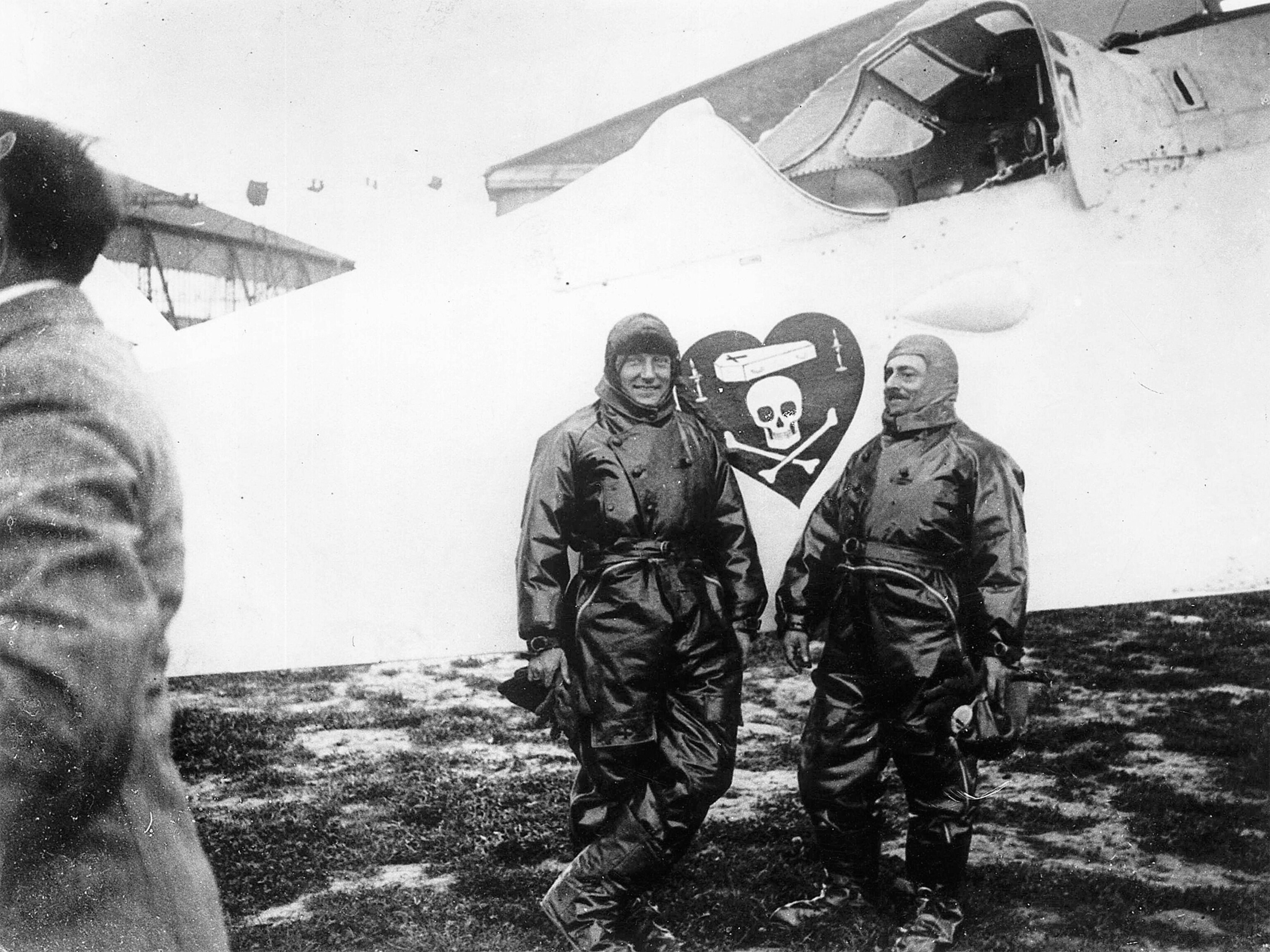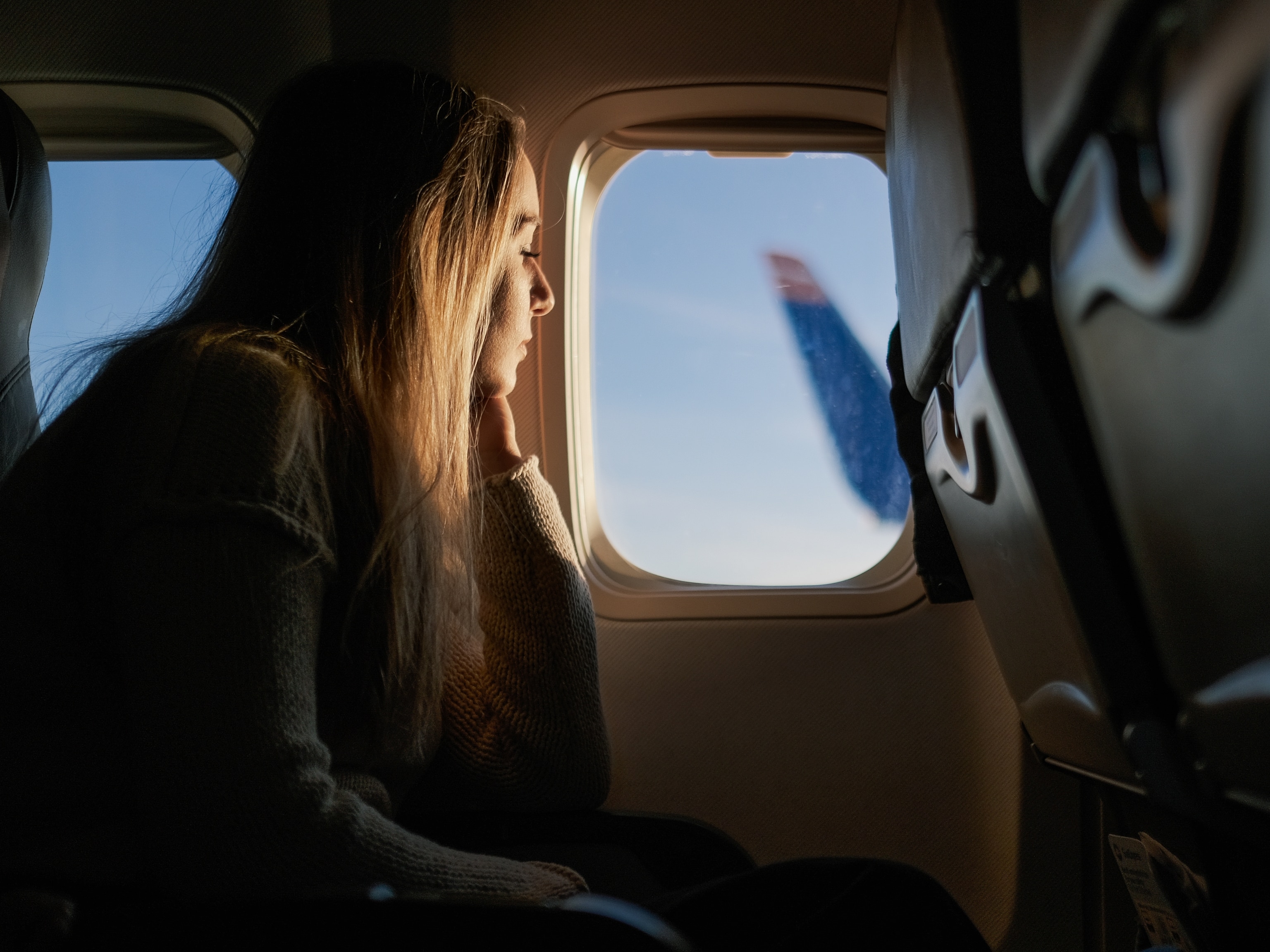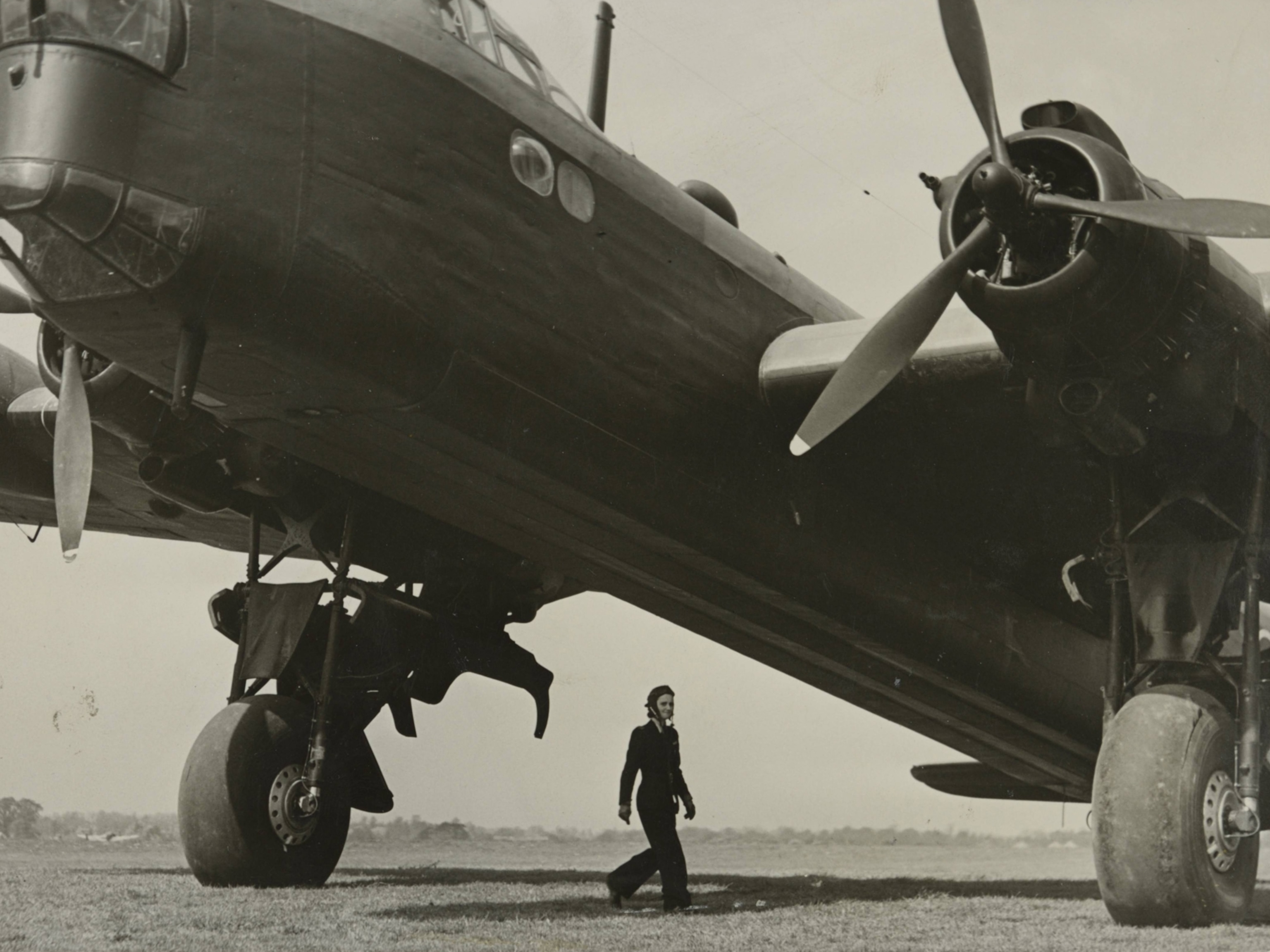
Searching for Remains of an Early Transatlantic Flight
The search continues for evidence that two French pilots made the trip in 1927.
Eighty-six years ago this week, Charles Lindbergh did what everyone remembers him for: He completed the first solo, nonstop flight across the Atlantic Ocean, taking off from New York and landing in a field outside Paris, France.
But 13 days before he made history, in a gambit that few remember, two former World War I flying aces set off to accomplish a humbler feat: completing a transatlantic flight from continental Europe to North America eight years after a pair of British pilots had made the first transatlantic flight the other way, from Newfoundland to Ireland.
The plan was to soar over England and Ireland before gliding into New York Harbor the following day.
To save fuel for the flight, the pilots jettisoned everything nonessential from their wood and cloth biplane, including a lifeboat, parachutes, and a radio. Once the craft was aloft, they even tossed the landing gear.
The two pilots were sighted as they crossed the English Channel and flew over Ireland. And then they disappeared. Charles Nungesser and François Coli were never heard from again.
Now, Bernard Decré—the founder of the Tour de France a la Voile, an annual yachting race around France—is trying to find the remains of their plane, called L'Oiseau Blanc, or the White Bird, because of its color.
Decré, who became interested in the White Bird mystery after reading about it in a book by adventure-novelist-turned-shipwreck-hunter Clive Cussler, announced Wednesday in Washington that he is launching his fifth annual search for the plane.
He'll be looking off the southeast coast of the Ile de St. Pierre, a small French territory off the coast of Newfoundland.
For years, Decré's small team has been using sonar and a magnetometer to try to locate the plane's engine, likely the only part of it that has survived. Divers follow up on promising leads.
But the search area is large and treacherous, with many other wrecks littering the ocean floor, and the search has not yet been successful.
No conclusive evidence points to the two men having reached the other side of the Atlantic, but Decré believes they made it there. One clue: people in Newfoundland, in Maine, and in more southern locations reported finding what looked like aircraft wreckage in the days following the aviators' disappearance.
A lobsterman in Portland, Maine, even said he found a large chunk of white wreckage in 1958. From photographs, Decré said, the chunk looks as if it could have come from the White Bird's cockpit, but the pieces found by the lobsterman are now lost.
The diary of a fisherman from St. Pierre, meanwhile, reported that on May 9, 1927, he heard loud noises and the sounds of people shouting for help, but couldn't find the source in the fog.
Decré has a theory. Speaking at a Wednesday press conference at the French Embassy in Washington, he said he believes the pilots hit a storm coming into Newfoundland.
Running low on fuel, he said, he thinks the pilots "cut the engine for a water landing." But in the dark and the fog, Decré theorized, "the black earth looked like water." Since Nungesser and Coli had jettisoned their landing gear, they needed to make a water landing.
For a second year, the aerospace company Safran—which bought the company that built the White Bird's engine and which still makes jet engines as well as rocket engines used by the European Space Agency—is assisting in Decré's search. The company is supplying Decré's team with better sonar and magnetometer equipment, along with its expertise.
"I think about the bravery, the audacity of these two men who had faced death before," Safran USA president Peter Lengyel said at the press conference.
Safran hopes to recover the engine because it is part of the company's heritage, Lengyel said. But for Decré, finding evidence for an earlier-than-known transatlantic flight would yield a bigger prize: the chance to tweak the history books.
Correction: An earlier version of this story incorrectly stated that Charles Nungesser and François Coli would have been the first pilots to make a nonstop transatlantic flight. A pair of British pilots made such a flight in 1919.





